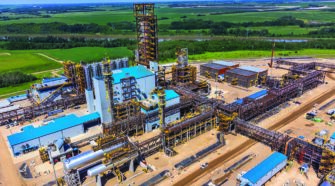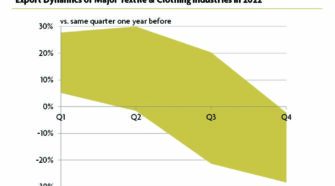Hot Topics

A Fortunate Fiber
From Fruit to Farmer to Fiber, Benefits of Piñatex® are Far Reaching When you think of a pineapple, what comes to mind is hospitality, luxury, status, and good fortune. Sustainable …

Fibers for FHE
Driving Forces of Flexible Hybrid Electronics The global smart textile market estimated to be worth $2.82 billion in 2022 and projected to rise to $17.94 billion by 2031, showing a …

Carbon Neutral Viscose Fibers that Nurture Connections to Nature
Lenzing Expands VEOCEL™ Branded Viscose Fibers Production to Satisfy the Environmentally Conscious Consumer Around the Globe Climate change has placed a pressing need for sustainable solutions across all industries, not …

BUILT for Sustainability
The Vision for Heartland Polymers Comes to Fruition; Building Sustainability into Its Foundation Sustainability is at the heart of the Heartland Polymers story. Being only the second polypropylene plant to …

TFY 2023 – From Optimism to Recession in 2022
Work for The Fiber Year 2023 still is in full swing but recognizable is a similar development to 2020 with natural fiber supply expanding and manmade fibers output shrinking. Declaring …

